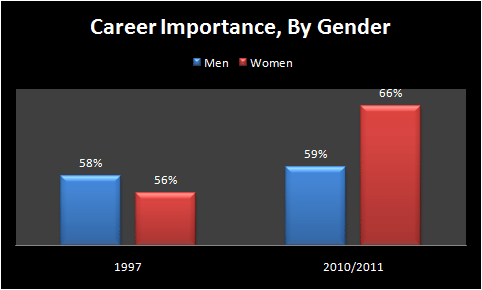Current State of Employer Branding
April 3, 2025
 Current State of Employer Branding
Current State of Employer Branding
Welcome to the talent economy! With the changing perception of organizations and increasing appreciation for talent, it won’t be wrong saying that we have transported into the talent economy. Though the shift has been taking place for many decades, the last decade, however, altered the scenario seemingly in the blink of the eye. The C-suite…
 Building an Employer Brand
Building an Employer Brand
Organizations, today, are working towards talent optimization. They have come to realize that creating a standout employer brand is essential to have ‘people advantage’. Talent and marketing are the new sides of a branding coin. It has become essential for organizations to position themselves in an attractive way and communicate the company identity and work…
 Using Social Media for Employer Brand Promotion and Talent Attraction
Using Social Media for Employer Brand Promotion and Talent Attraction
Until a few years ago, most talent acquisition experts had declared social media as not-so useful for promoting their employer brand and attracting talent. They continued to deploy more traditional channels to create and widen the talent pool for their organizations. And they also kept whining about the increasing talent gap. While social media has…
Women make a significant part of modern organizations. Their focus has shifted from traditional, seasonal and female-oriented job roles to general or so called ‘male-oriented’ job roles. Their participation in the workforce cannot be ignored. Rather young women are surpassing men in almost all aspects of employment.
However, men and women, despite obtaining similar education, working in same roles and placing almost the same importance on their careers, have different aspirations and goals. Not because one is superior to the other, but because they are completely different from each other, they have different career goals.
Since organizations can’t afford to be gender-specific, they need to work towards building a clear strategy to establish their employer brand in a gender-diverse work environment. More precisely, they need to customize their branding, with respect to the career aspirations of males and females, to hold a competitive edge.
Like men, even women place more importance in their careers. A study conducted by Pew Research Center shows that 66% of women between 18-34 years say that being successful in a profession is one of the most important things in their lives while only 59% of men say that their career is very important.

Although women haven’t surpassed the percentage of men in workforce but on the education front, they have left behind men long ago. Again the point here is not to argue who’s superior to who or who’s more capable. Rather, this is to show that soon women would make half of the workforce. And this is a factor that companies cannot ignore, if they want to attract the best talent. To establish a strong employer brand they need to tailor their policies and strategies.
The employer brand strategy can be customized when companies know what men and women want from their careers. Also, understanding of their fears and turn-offs helps further tailoring the strategy.
Universum, an employer branding academy released a report lately, revealing that both men and women place work-life balance above than any other attribute. Regardless of the field of employment, they want to associate themselves with companies that deliver work-life balance. And beyond this, they have different aspirations and requirements.
The study was conducted in 12 largest economies of the world on 240,000 business and engineering students from the leading universities across the world. So, let’s now look into what men and women want from their employers and what their biggest fears are.
After work-life balance, there are a number of factors that motivate women to work for an organization. These include:
These are the factors that women find most desirable. However, the list doesn’t end here. They also seek purpose, innovation, autonomy, leadership and maternity benefits.
Again, men consider work-life balance the most important attribute of their employment. After this, they place more value in:
These are major factors that motivate males to join an organization. However, there are other factors too, such as compensation and benefits, promotions and autonomy that they are important to them.
Various studies and surveys have found that younger generation wants to work for companies whose values resonate with theirs, which provide conducive work environment, where they can learn and grow, contribute to the community, and grow personally and professionally, which take care of their needs and allow them to pursue their interests.
Their greatest fears are lack of growth, lack of purpose and opportunities to learn and bring out their hidden potential. They do not want to remain confined to particular JDs and roles. Rather they want to explore other areas too.
Youngsters want jobs that resonate with their personal beliefs and interests. Therefore, as an employer, you need to pitch yourself separately for male and female job seekers. It requires an in-depth understanding of what they need, what interests them and what they want to pursue.
It’s not only the job of HR managers or recruiters for that matter. Rather it requires a collective effort and more streamlined strategy to position your employer brand. Make sure to:
You may also look for a niche that you think will work well in your situation. However, the conclusion is that what works for men may not work for women. And you can’t afford to ignore any of these. So, tailor your employer brand strategy to attract the two halves of the work population.
Your email address will not be published. Required fields are marked *